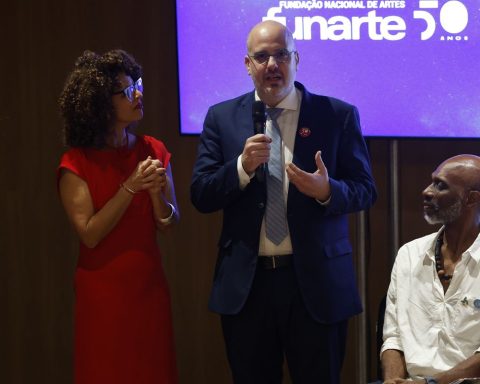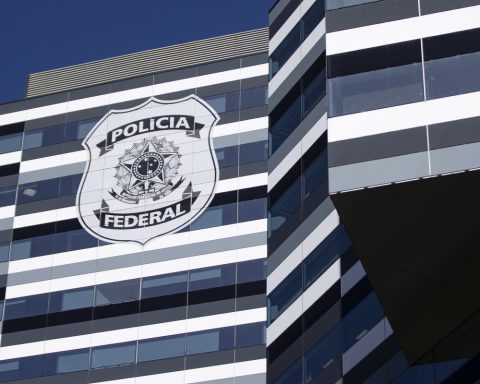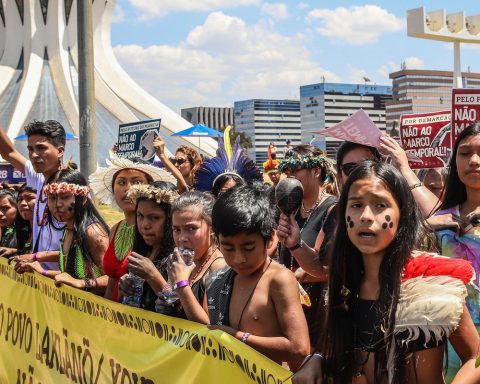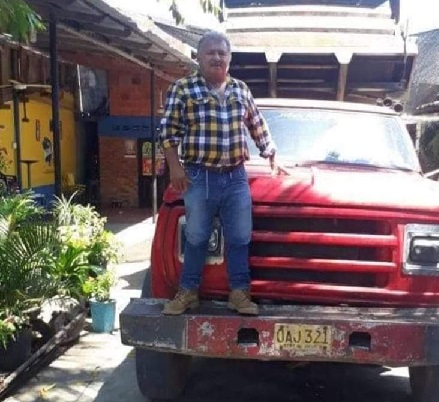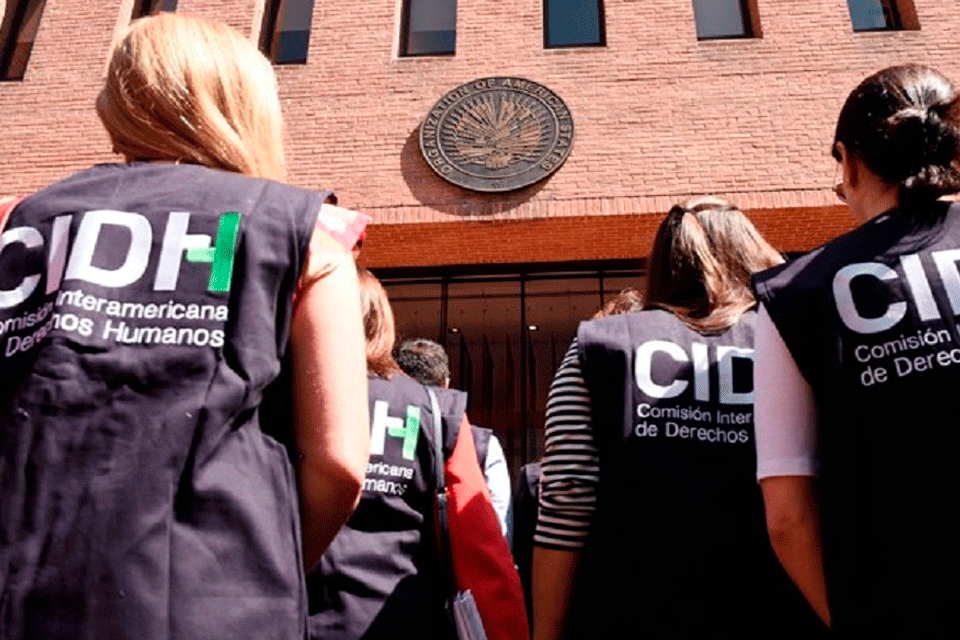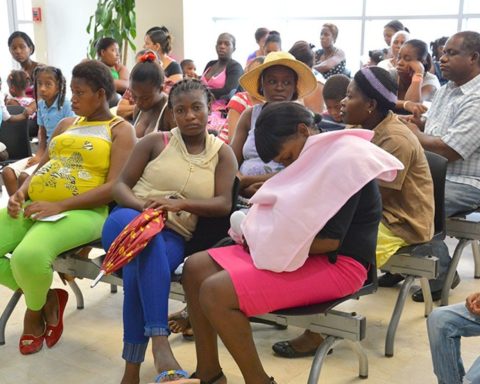The municipality of Petrópolis, in the mountainous region of Rio de Janeiro, wins this Sunday (16), from 10 am, the permanent exhibition Ceramic Panel in the Imperial City whose theme is Transport and Independence. The objective is to promote the historical memory of the Estrada de Ferro Mauá, which began to be built in 1852. The theme also celebrates the 200 years of the Independence of Brazil from the rescue of the importance of transports for the progress of the state of Rio de Janeiro and from Brazil.
Conceived by artist and ceramist Rane Bessa, the three ceramic panels were installed in Praça de Nogueira, where the Estação Nogueira Cultural Center operates, which has preserved the history of the railroad in that municipality. The project is sponsored by the government of Rio de Janeiro, through the Public Notice Retomada Cultural 2, by the State Secretariat for Culture and Creative Economy of Rio de Janeiro.
Attending a national competition, 35 artists submitted their proposals, two of which were selected by the curators Patrícia Pedrosa, PhD in art history from the Federal University of Rio de Janeiro (UFRJ), and by Rane Bessa.
Panels
The first panel, entitled From Paths to Reunions, uses the tile digital painting process and was created by artist Camila Gomes. The project was executed by Lazaro Trucci. The panel seeks to bring together the history of transport in Brazil, starting with the construction of the railroad, which was of great importance for the country’s economic development, impacting people’s daily lives.
The second panel, by the artist Margarida Gallo, identifies the Baroneza locomotive in the ceramic engraving, the first to travel the Mauá Railroad. The locomotive gained fame in the world due to its importance as a means of transport. Currently, there are only two examples of the locomotive, one in Brazil and the other in England. The panel is performed by Rane Bessa.
The third panel, made of photoceramics, is entitled Historical Photos and composed of historical images from the time of construction of the Mauá Railroad. Selected by Rane Bessa, Julia Botafogo and Tadzia Maya, the images recreate the importance of the country’s first railroad for Brazil’s progress. The basis for the panel are the photographs and lithographs of the artist Revert Henry Klumb, who documented from 1863 to 1868 the construction of the Estrada União e Indústria, which connects Petrópolis to Juiz de Fora. It also promotes the importance of locomotives as cultural heritage. This panel was executed by Julia Botafogo.
The show gains accessibility in the panels Transport and Independence, which bring a QR Code with an audio description of the images and the curator’s text in pounds. In addition to the circuit of panels, a mini-documentary brings together behind-the-scenes images of the show’s execution, as well as the importance of the partnership with the Centro Cultural Estação Nogueira. After the inauguration, guided tours will be promoted, still during the month of April, with students from the public education network of the municipality of Petrópolis, by the curator Patrícia Pedrosa.
the railroad
Considered Patron of the Ministry of Transport, Irineu Evangelista de Sousa (1813-1889), the Baron of Mauá, was a merchant, businessman, politician, shipowner, banker, responsible for major works for the country’s progress. In April 1852, he obtained a concession from the imperial government for the construction and operation of a railroad that stretched from Porto de Estrela, in Guanabara Bay, to Fragoso, in Raiz da Serra. His intention was to go up to Petrópolis and, later, reach Minas Gerais and São Paulo.
In May of the same year, he founded the Imperial Companhia de Navegação a Vapor e Estrada de Ferro de Petrópolis. In June, he received a concession to operate a shipping line across Guanabara Bay from Prainha (currently Praça Mauá), in Rio de Janeiro, to Estrela (currently Magé), integrating maritime and rail transport.
On August 29, 1852, the construction of the first Brazilian railroad began. The laying of the foundation stone was attended by Emperor D. Pedro II and Empress Teresa Cristina. The Estrada de Ferro Mauá was inaugurated on April 30, 1854. In 1954, on the occasion of its centenary, the road was declared a National Historic Monument, being listed by the National Historical and Artistic Heritage Institute (Iphan).
The Baron of Mauá was also one of those responsible for building the Estrada União e Indústria, the first paved highway in Brazil, inaugurated on June 23, 1861, connecting the city of Petrópolis to Juiz de Fora (MG).
